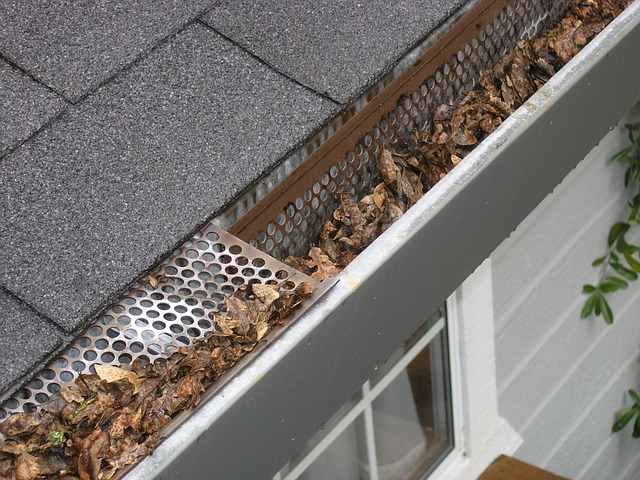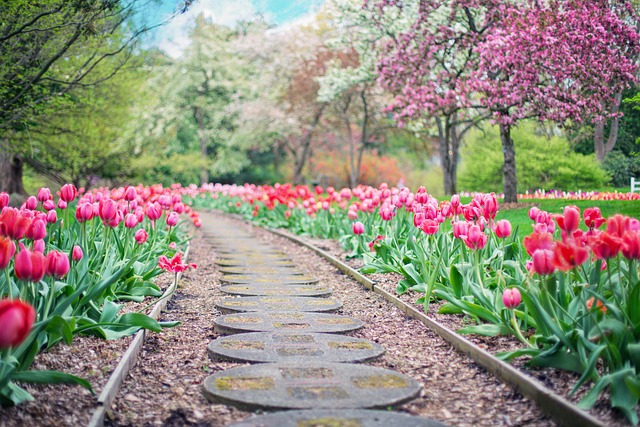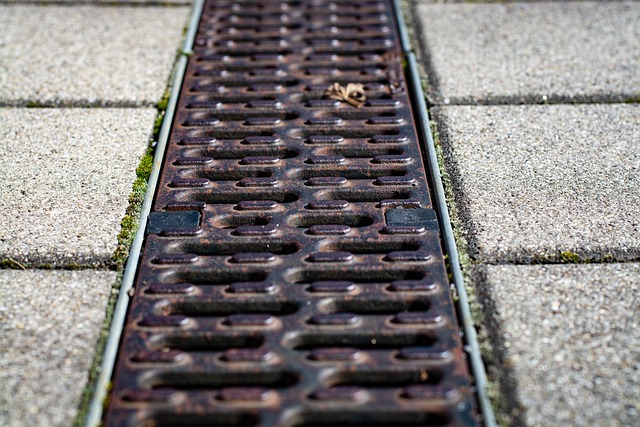When it comes to protecting your home from water damage in the Sunshine Coast, effective drainage is key. Poor drainage can lead to foundation issues, erosion, structural problems and mould. Whether you’re dealing with standing water around your yard or a damp crawl space, taking proactive steps to improve drainage will save you money, and stress whilst keeping your home in good condition. Learn how to improve drainage around your home: from gutters to French drains, each solution plays a crucial role in keeping your foundation safe. Let’s dive into six best ways to improve drainage around your home.
1. Install or Improve Your Gutter System
Why Gutters Matter:
- Prevent water from pooling around your home’s foundations.
- Stop soil expansion that can cause foundation damage.
- Reduce erosion and prevent unsightly gullies around your home.
- Protect subfloors in homes with crawl space foundations from moisture-related issues like mould and wood damage.
Action Steps:
✅ If You Don’t Have Gutters – Install them to direct water away from your home.
✅ If You Have Gutters – Ensure they are clean and functioning properly:
- Clear debris at least twice a year.
- Check for proper slope to ensure water flows freely.
- Repair any sagging, leaks, or misalignment.
💡 Tip: After making gutter improvements, observe how water drains before considering further drainage solutions.

2. Extend Downpipes to Protect Your Foundation
Why Downpipe Extensions Matter:
- Prevents water from pooling near your foundation, reducing soil expansion.
- Helps avoid foundation stress and long-term structural damage.
- Keeps your yard looking clean while managing drainage effectively.
Action Steps:
✅ Check Your Downpipes – Most empty too close to the foundation. Ideally, they should drain 2.5 to 3 metres away from your home.
✅ Extend Your Downpipes – Use above-ground extensions or bury drain lines underground to direct water to the kerb or a proper drainage path.
✅ Monitor the System – After extending downpipes, observe how well water is draining before making further adjustments.
💡 Tip: A buried drainage system keeps your yard tidy while protecting your foundation.
3. Improve or Create Surface Drainage
Why Surface Drainage Matters:

- Prevents water from pooling in low spots or around your home.
- Helps redirect water that doesn’t come from the roof.
- Protects your yard from erosion and soggy, unusable areas. Minimises Mosquito outbreaks in your yard.
Action Steps:
✅ Regrade Your Yard – Ensure the ground slopes gently away from your home by adding course gravel and finish with topsoil to correct uneven areas.
✅ Create Ditches – Dig shallow ditches, topped with course gravel to help channel excess water away from problem areas
✅ Install Catch Basins – Use underground basins and drainage pipes to collect and redirect larger volumes of water efficiently.
✅ Read my blog on Solving Drainage Problems Around Your Qld Home: https://allround-maintenance.com.au/solve-drainage-problems-qld-home/
✅ Monitor Water Flow – After making changes, observe how water moves during heavy rain to ensure proper drainage.
💡 Tip: Combining ditches and catch basins with proper grading can create an effective long-term drainage solution.
4. Evaluate and Improve Drainage of Hardscape Surfaces
Why Hardscape Drainage Matters:
- Poorly sloped patios, pathways, driveways, and decks can direct water toward your home.
- Water pooling on hard surfaces can lead to erosion, foundation stress, and damage.
- Proper drainage prevents standing water that can cause moss, mould or structural issues.
Action Steps:
✅ Check Hardscape Slopes – Ensure patios, pathways, driveways, and verandahs slope away from your home.
✅ Fix Drainage Issues:
- Concrete Lifting or Repair – Raise and level sunken concrete to restore proper drainage.
- Reset Pavers – Adjust pavers to ensure water flows away, not toward, your foundation.
- Inspect Under Decks – Look for pooling water and I’ll help you improve the drainage to avoid issues with your deck.
✅ Improve Driveway Drainage:
- Install Channel Drains – Trench or grated drains across the driveway can collect and redirect water.
- Use Permeable Products – Permeable or gravel driveways allow water to drain naturally instead of pooling.
- Add a Drainage Ditch – A shallow ditch along the driveway can help move excess water away.
- Add Plants Between Concrete Sections – Planting in gaps between concrete sections encourages natural drainage by allowing water to filter through the soil, reducing runoff.
✅ Monitor and Adjust – Observe how water moves after adjustments before making further changes.
💡 Tip: If hardscape drainage issues persist, consider adding drainage grates or channel drains to redirect water.

5. Consider French Drains for Underground Drainage
Why French Drains Matter:
- Stealthily redirects excess water away from your foundation.
- Helps water move under or through obstacles like retaining walls.
- Prevents standing water in areas where surface drainage isn’t enough.
Action Steps:
✅ Understand How They Work – A perforated pipe buried under gravel collects and moves water downhill, preventing pooling.
✅ Ensure Proper Installation:
- The pipe must have a consistent slope to allow water to flow.
- It should connect to an appropriate drainage outlet (e.g., a kerb, dry well, or stormwater drain).
- Need help with French drain installation – contact me at All Round Maintenance
✅ Maintain the System:
- Regularly check for blockages since underground drains can clog over time.
- Keep the gravel layer clear of debris to allow proper water absorption.
✅ Monitor Drainage Performance – Since French drains are underground, observe nearby areas for signs of overflow or slow drainage.
💡 Tip: French drains work best when combined with other drainage solutions like regrading or downpipe extensions.
6. The Sump Pump: Your Last Line of Defence (For Crawl Space Foundations Only)
Why Sump Pumps Matter:
- Removes water from subfloor areas when other drainage solutions fail.
- Prevents flooding and moisture-related foundation damage.
- Works in areas where water won’t naturally drain away.
Action Steps:
✅ Try Other Drainage Solutions First – Sump pumps should be a last resort after attempting gutters, downpipes, grading, and underground drainage.
✅ Understand How It Works:
- A basin (sump pit) collects excess water.
- A mechanical pump pushes water away from your home, even against gravity.
- Check out this YouTube video to understand further how the sump pump works: https://www.youtube.com/watch?v=P8U7ufvUY-Y
✅ Choose the Right Pump:
- Primary electric sump pump – Standard for most homes.
- Battery backup – Ensures drainage continues during power outages.
✅ Maintain the System:
- Check the pump regularly for clogs or malfunctions.
- Test it before heavy rainfall to ensure it’s operational.
💡 Tip: Since sump pumps require electricity, always have a backup power source to prevent failure during storms.
Who Can Help Me With My Drainage Issues?
Now that you know the best steps to improve drainage around your home, it’s time to take action! Whether you need gutter improvements, regrading, French drains, or a sump pump solution, professional help can make all the difference.
Contact me at All Round Maintenance for expert solutions to your home drainage needs. Get in touch today and ensure your home stays dry and protected!


